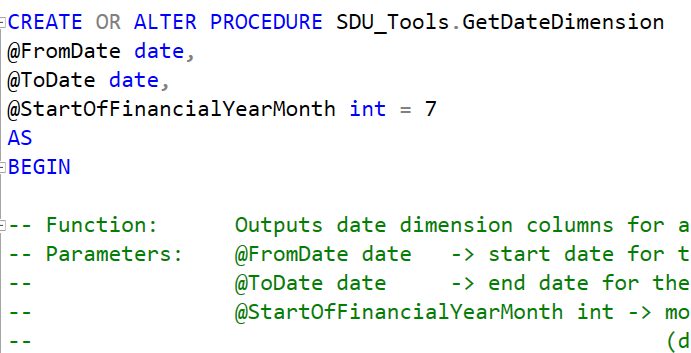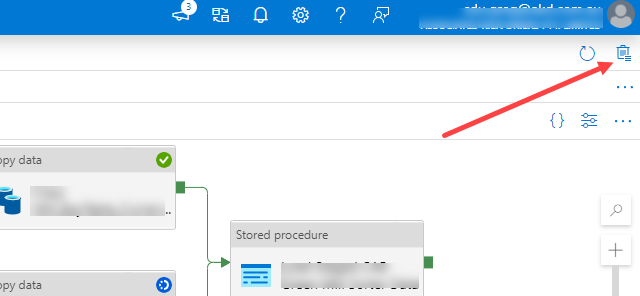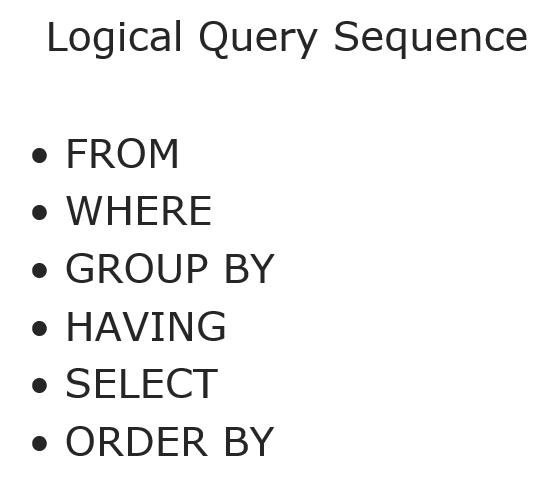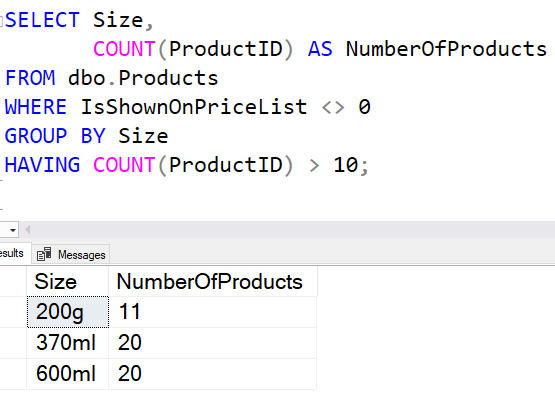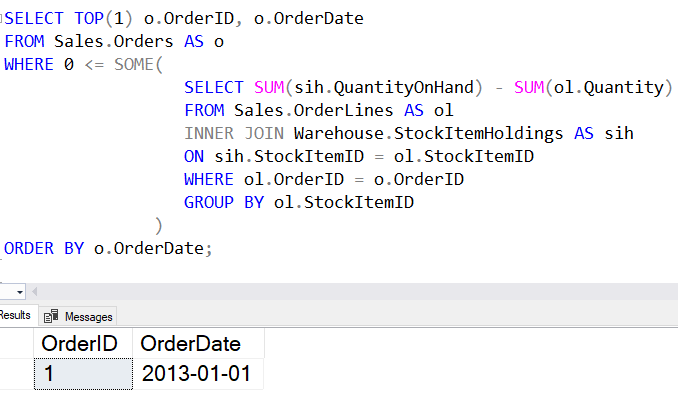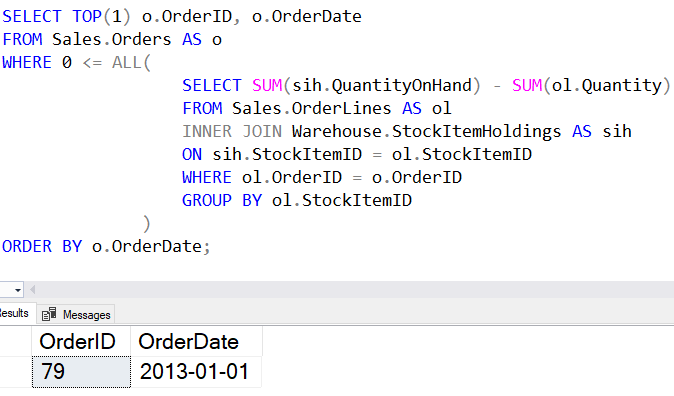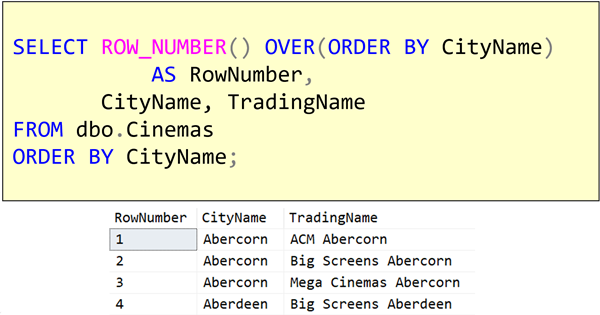
T-SQL 101: 90 Numbering output rows by using ROW_NUMBER
In SQL Server 2000 and earlier versions, I often heard people ask “How do I output a row number beside each row that’s output in my query?”
I remember some people arguing that it wasn’t a valid request, as it didn’t feel “set-based” but it was an appropriate request, and it could be dealt with in a set-based manner. Sometimes it’s very, very useful to be able to do that.
2021-03-15


